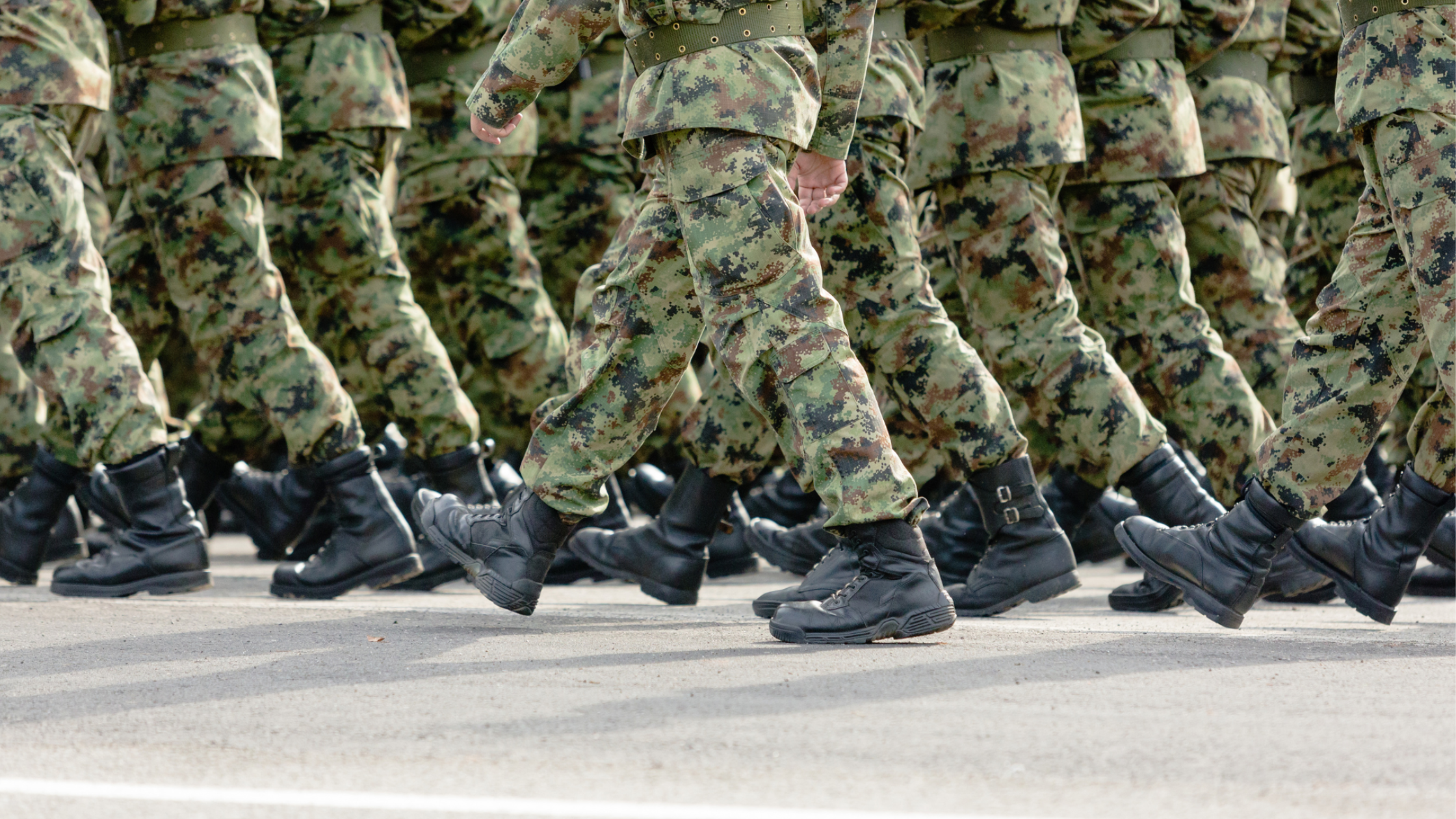Military contractors are swimming in an ever-crowded pool of technology partners, posing new challenges for strategy and financial management.

The corporate VC arms of defence giants including Lockheed Martin and RTX are running into more than voracious VC specialists in their pursuit of the latest wave of military-focused tech firms. They’re running into each other.
It’s becoming increasingly common to have two or even three big defence companies as investors, mainly at the series A level, though sometimes during a seed round. That’s posing new challenges for strategy and financial management.
The Pentagon has redoubled efforts to tap innovative technology and direct more funding outside the traditional defence industrial base. The pipeline of opportunities has never been better, say defence CVC executives.
Nor has the competition been fiercer to gain an edge in areas such as space systems, AI and advanced manufacturing, as well as the contracts starting to flow to new entrants from the Pentagon and intelligence agencies
Take satellite maker Hawkeye 360. RTX, the venture arm of plane maker Airbus and Shield Capital, a tech-focused fund, have all invested in the US company. Similarly, underwater drone maker VATN Systems now finds RTX, Lockheed Martin and SAIC around its boardroom table.
The interplay between defence CVCs and specialist venture firms has left the sector wrestling with potential conflicts over strategic direction, sharing of intellectual property and exit strategies, say founders and venture executives.
“It’s more about reputation than anything.”
Brian Schettler, AE Industrial Partners
One rule of thumb has emerged among defence CVCs, what one founder terms as “no sneakiness” in terms of trying to prioritise one industry investor over another.
“It’s more about reputation than anything,” said Brian Schettler, head of the venture arm of AE Industrial Partners, which took over Boeing’s HorizonX CVC arm as part of a broader restructuring of the aerospace giant. “We take a close look at each of the partners individually.”
The overtures to the commercially-driven tech sector launched by the late US defence secretary Ash Carter a decade ago expanded the playing field of firms appealing to defence CVCs and specialist VC firms.
The annual ranking of 100 venture-backed firms by the Silicon Valley Defense Group last year included 43 new entrants compared to the advocacy group’s previous survey. Defence CVCs accounted for an estimated 25% of the funding outside a top five dominated by Elon Musk’s SpaceX, up from 15% a decade ago, said Dan Ateya, president of RTX Ventures.
Lockheed Martin in 2016 became the first of the so-called “prime” defence contractors to launch a dedicated in-house venture arm, with Boeing, Raytheon owner RTX, SAIC, Booz Allen and others following suit. L3Harris Technologies took a different tack through a partnership with Shield Capital, now one of the largest defence-focused VC firms.
Pour me that secret sauce
The original allure of defence CVCs has evolved from access to capital, engineering know-how and, crucially, contracts. When Lockheed Martin Ventures was launched, general manager Chris Moran said the focus was on firms “not ready for prime time” that could in future become potential suppliers, rather than the traditional VC objective of maximising financial return.
Defence CVCs garnered a mixed reputation in the early years, said some founders. Some firms were subsumed into their partners’ larger organisations without the hoped-for access to standalone Pentagon contracts or subcontracts.
The Silicon Valley Defense Group derides what it views as the paltry 1% of the Pentagon procurement budget – some $168 billion in fiscal 2025 – spent with the new wave of defense tech.
Defence CVCs that can demonstrate a path to contracts are those most valued by founders and new entrants. But hard-to-secure contracts are likely to only become scarcer. One consequence of the emergence of multi-company investment has been a reluctance to disclose what one founder called “the secret sauce” of navigating the Pentagon’s ever-evolving contracting process.
Big defence companies are well versed in joint ventures and being “competimates”. It’s common for the losing bidder on a big Pentagon deal to become a subcontractor to the winner.
Finding investment opportunities with shared benefits – either in technology or the complex and costly certification process for defence systems – can smooth potential conflicts. “The best examples are technologies that have a multi-industry focus,” said Schettler.
AE Industrial, with Boeing as a 25% partner, has, for example, invested alongside Airbus Ventures in two rounds of funding for Solestial, a maker of satellite solar panels.
“There’s a lot to think about from a regulatory point of view, both with the Federal Aviation Administration on commercial aero but also the government acquisition process on national security.”







